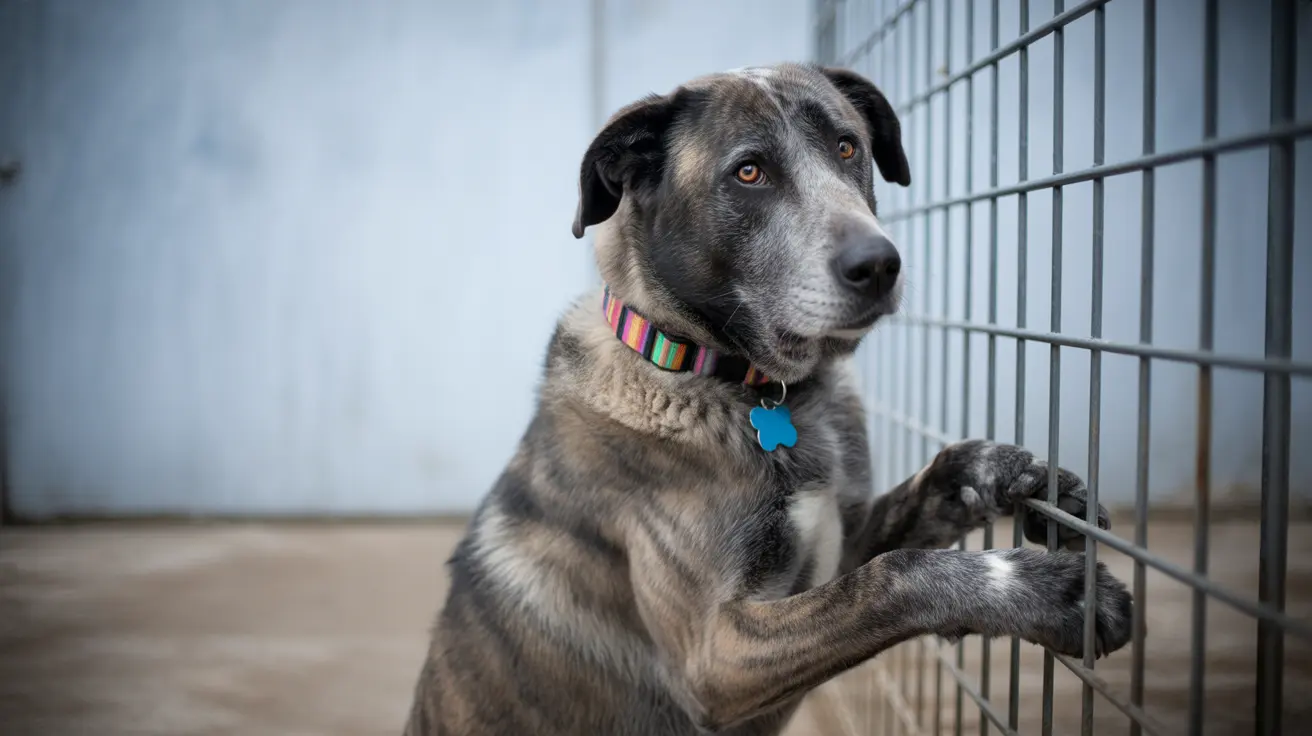From tiny lap warmers to majestic mountain dogs, fluffy dog breeds capture our hearts with their cloud-like coats and endearing personalities. These lovable companions offer more than just aesthetic appeal – they bring unique characteristics, temperaments, and care requirements that prospective owners should understand before bringing one home.
In this comprehensive guide, we'll explore the most popular fluffy dog breeds, their specific care needs, and essential factors to consider when choosing your perfect fluffy companion.
Top Fluffy Dog Breeds by Size
Small Fluffy Breeds
The Pomeranian leads the pack of small fluffy breeds, weighing just 2-3.5 kg with a luxurious double coat that creates their signature pom-pom appearance. The Bichon Frise, with its cotton-ball coat, and the silky-coated Havanese are other popular choices for apartment dwellers and those seeking smaller companions.
Medium-Sized Fluff Masters
The Keeshond, famous for its distinctive "spectacles" and plush double coat, exemplifies the medium-sized category. The American Eskimo Dog and Shetland Sheepdog also fall into this group, offering manageable size combined with stunning fluffy coats.
Large Fluffy Companions
The majestic Samoyed, known for its bright white coat and perpetual "smile," stands out among larger breeds. The Old English Sheepdog and Bernese Mountain Dog also charm with their impressive fluffy coats and gentle dispositions.
Essential Grooming Requirements
Maintaining a fluffy dog's coat requires dedication and regular care. Double-coated breeds like Samoyeds and Huskies need daily brushing to manage shedding and prevent matting. Professional grooming every 6-8 weeks is often necessary for breeds with continuously growing hair, such as the Poodle and Bichon Frise.
Grooming Tools and Techniques
Investment in proper grooming tools is crucial. Essential items include:
- Slicker brush for daily detangling
- Pin brush for longer coats
- Undercoat rake for double-coated breeds
- Professional-grade dryer for thorough drying after baths
Living with Fluffy Breeds
Climate Considerations
While many fluffy breeds originated in cold climates, they can adapt to various environments with proper care. In warmer regions, provide adequate cooling, limit outdoor activity during peak heat, and never shave double-coated breeds, as their coat provides natural temperature regulation.
Exercise and Mental Stimulation
Exercise needs vary significantly among fluffy breeds. Siberian Huskies and Australian Shepherds require extensive daily exercise, while Bichon Frises and Havanese are satisfied with moderate activity levels.
Health Considerations
Fluffy breeds may face specific health challenges related to their coats:
- Skin infections if coat maintenance is neglected
- Overheating in warm weather
- Joint issues in larger breeds
- Hereditary conditions specific to certain breeds
Choosing the Right Fluffy Breed
Consider these factors when selecting your fluffy companion:
- Living space and lifestyle compatibility
- Grooming time and budget commitment
- Exercise requirements
- Climate suitability
- Allergies (some breeds are more hypoallergenic)
Frequently Asked Questions
What are the best grooming tools and techniques to keep a fluffy dog's coat healthy and tangle-free?
Use a combination of slicker brush, pin brush, and undercoat rake depending on your dog's coat type. Brush daily, focusing on problem areas like behind the ears and under the legs. Regular professional grooming every 6-8 weeks helps maintain coat health.
How often should I brush and bathe my fluffy dog breed to prevent matting and excessive shedding?
Brush most fluffy breeds daily or at minimum 3-4 times per week. Bathe every 4-8 weeks, depending on lifestyle and coat type. Double-coated breeds need extra attention during seasonal shedding periods.
Which fluffy dog breeds are considered hypoallergenic and better for people with allergies?
Poodles, Bichon Frises, and Malteses are considered more hypoallergenic due to their non-shedding coats. However, no dog is completely allergen-free, and individual reactions may vary.
What special care do double-coated fluffy breeds like Samoyeds and Siberian Huskies require in warm climates?
Provide air-conditioned spaces, schedule exercise during cooler hours, ensure constant access to fresh water, and never shave their coats. Regular brushing helps remove loose undercoat and promotes better air circulation.
How can I choose the right fluffy dog breed based on temperament, size, and grooming needs?
Evaluate your lifestyle, living space, and time commitment for grooming. Consider energy levels, exercise needs, and climate compatibility. Research breed-specific temperaments and consult reputable breeders or rescue organizations for guidance.
Whether you choose a tiny Pomeranian or a majestic Samoyed, understanding the unique needs of fluffy dog breeds ensures a happy, healthy life for your furry friend. Remember that proper grooming, exercise, and care are essential investments in your dog's well-being.






